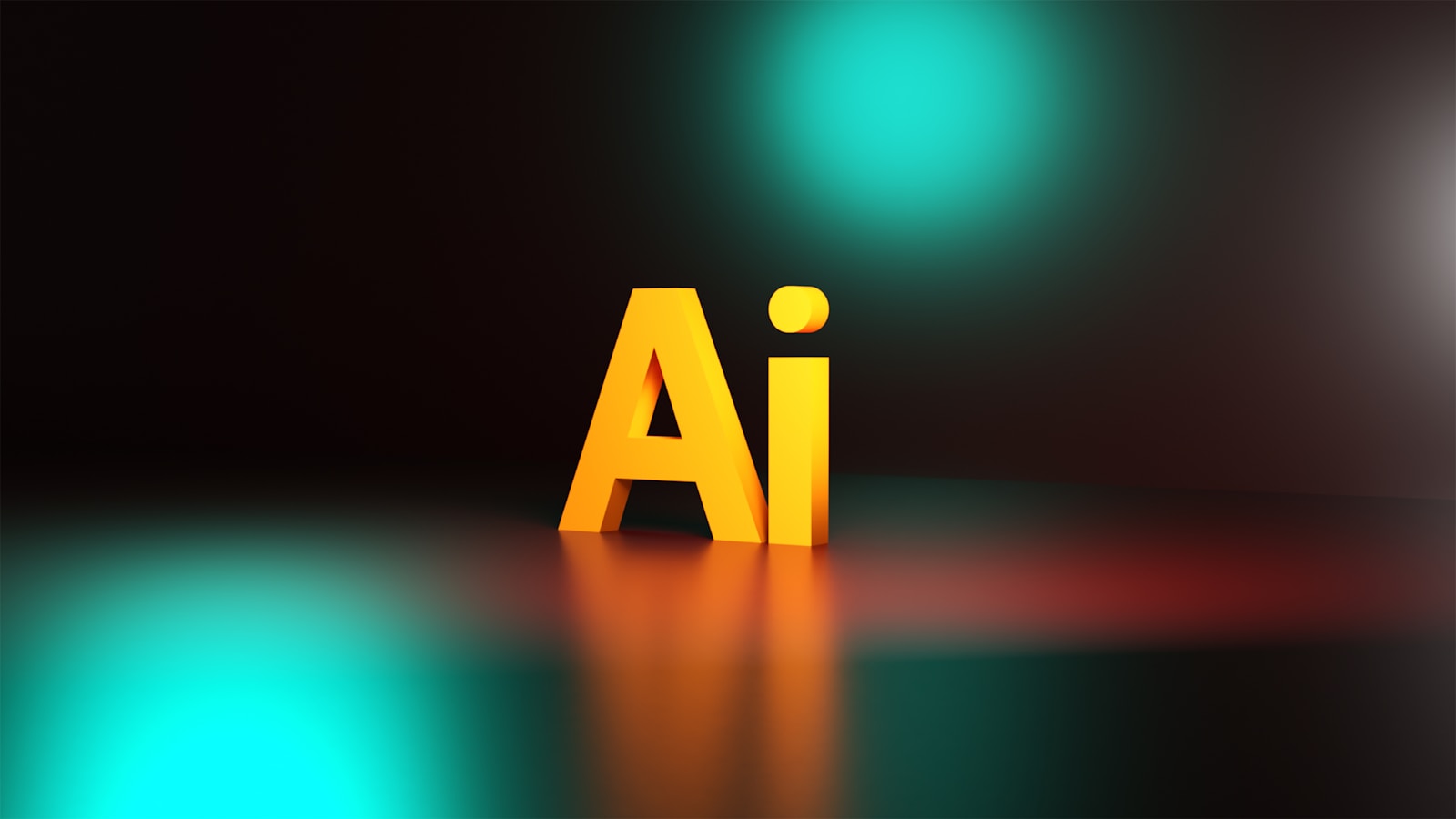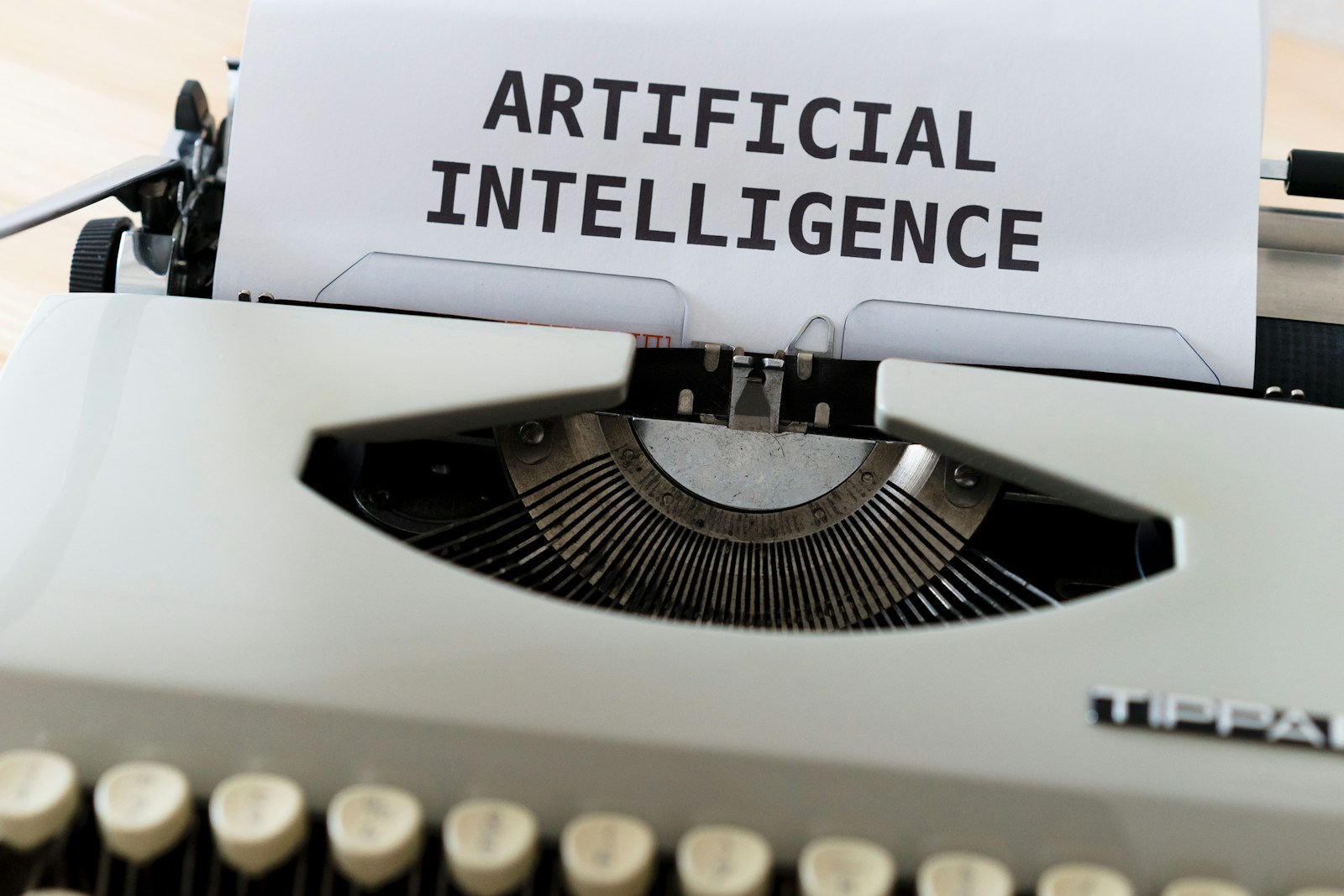Advancements in artificial intelligence (AI) have significantly reshaped the landscape of artistic expression.
AI technologies now play a pivotal role in assisting and augmenting the creative process across various artistic domains, from visual arts to music composition. This integration of AI has blurred the boundaries between human creativity and machine-generated output, leading to compelling collaborations that push the boundaries of innovation in art and music.
One of the most compelling aspects of AI’s impact on artistic expression is its ability to analyze vast amounts of data and generate novel insights and ideas. By harnessing the power of machine learning algorithms, artists and musicians can explore new creative avenues and experiment with unconventional approaches that might have been otherwise unattainable. This symbiotic relationship between human creativity and AI-driven tools has led to the emergence of groundbreaking artworks and compositions that challenge traditional notions of artistic practice and expand the possibilities of creative expression.
The Evolution of AI in Creative Industries
Artificial Intelligence (AI) continues to revolutionize the landscape of creative industries, offering innovative tools that augment and amplify artistic expression. From generating music compositions to producing visual art, AI technologies are reshaping the way artists, musicians, and designers work. As AI evolves, its integration into the creative process becomes more seamless, enabling professionals to push the boundaries of creativity and explore new artistic horizons.
The transformative impact of AI in creative industries can be seen in the efficiency and scalability it brings to artistic production. By harnessing machine learning algorithms and data analytics, creators can streamline workflows, enhance productivity, and experiment with unconventional creative approaches. As AI becomes more sophisticated and accessible, its role in shaping the future of art and music is becoming increasingly prominent, fostering a dynamic synergy between technology and human ingenuity.
Challenges and Opportunities for AI in Art and Music
Artificial Intelligence (AI) presents both challenges and opportunities for the art and music industries. One of the main challenges is the fear of AI replacing human creativity, leading to concerns about the authenticity and originality of AI-generated art and music. Artists and musicians may struggle with the idea of delegating parts of their creative process to algorithms, raising questions about the role of the artist in a world increasingly driven by technology.
On the other hand, AI offers a unique opportunity to enhance artistic expression and creativity. With AI tools, artists and musicians can explore new techniques, push boundaries, and discover innovative ways of creating art and music. AI can provide valuable insights, streamline workflows, and even collaborate with creators to bring fresh perspectives and ideas to the forefront. Embracing AI in the creative process can lead to exciting collaborations and groundbreaking artistic endeavors that may not have been possible otherwise.
Exploring the Role of AI in the Creative Process
Artificial Intelligence (AI) has increasingly become a prominent tool in the creative process, challenging traditional methods of artistic expression. AI algorithms are now being utilized to generate art and music, offering a new dimension to creativity. Through the analysis of vast amounts of data, AI has the capability to suggest patterns, styles, and compositions that may not have been considered by human creators. This integration of AI in the creative process brings about a fusion of machine intelligence with human ingenuity, opening up a realm of possibilities for innovation and experimentation.
The role of AI in the creative process extends beyond mere automation; it acts as a collaborator, assisting artists and musicians in pushing the boundaries of their own creativity. By providing new perspectives, refining ideas, and even generating entirely novel concepts, AI contributes to the evolution of artistic expression. This symbiotic relationship between human creativity and artificial intelligence offers a glimpse into the future of collaborative creation, where the lines between man and machine blur, giving rise to a redefined landscape of art and music.
Ethical Considerations in AI-Generated Art and Music
One of the key ethical considerations in the realm of AI-generated art and music pertains to the issue of authorship and ownership. As artificial intelligence becomes increasingly involved in the creative process, the lines between human and machine contributions can become blurred. This raises questions about who should be credited as the creator of a piece of AI-generated art or music, as well as how the rights and royalties associated with such works should be distributed.
Furthermore, the potential for AI to perpetuate biases and stereotypes in art and music creation is a subject of ethical concern. If the algorithms and data sets used to train AI systems are not diverse and inclusive, there is a risk that the output generated by these systems will reflect and even amplify existing prejudices. Additionally, there is a need to consider the impact of AI-generated content on society and culture, as art and music have the power to shape perceptions and influence behavior. Ethical guidelines and oversight are crucial to ensure that AI-driven creativity promotes positive values and contributes to a more equitable and harmonious creative landscape.

The Future of AI-Driven Creativity
Artificial intelligence (AI) is poised to transform the landscape of creativity in unprecedented ways. With advancements in machine learning and deep neural networks, AI programs are now capable of generating art and music that rival human creations. As AI continues to evolve, it holds the potential to revolutionize how art is conceptualized, produced, and consumed in the future.
The future of AI-driven creativity presents a myriad of opportunities for artists, musicians, and creators to experiment with new forms of expression and push the boundaries of innovation. From generating unique visual artworks to composing original music compositions, AI technology opens the door to a world where creativity knows no bounds. As algorithms become more sophisticated and nuanced, the line between human and machine creativity blurs, raising essential questions about authorship, ownership, and the ethical implications of AI-generated art and music.
AI’s Influence on Traditional Artistic Practices
Traditional artistic practices have long been revered for their human touch and emotional depth. However, the emergence of artificial intelligence (AI) has begun to challenge and influence these age-old methods. AI’s ability to analyze vast amounts of data quickly and generate innovative ideas has sparked a shift in how traditional artists approach their work.
Moreover, AI has the capability to enhance and streamline the creative process for artists, providing them with new tools and techniques to experiment with. By incorporating AI into their practices, artists can explore new realms of creativity and push the boundaries of traditional artistic expression.
The Intersection of Technology and Creativity
Technology and creativity are two seemingly disparate realms that have converged in recent years, creating a dynamic landscape for innovation and expression. With advancements in artificial intelligence and machine learning, artists and musicians now have a myriad of tools at their disposal to push the boundaries of traditional artistic practices. AI algorithms are not merely replicating existing art forms but are augmenting human creativity by offering new avenues for exploration and experimentation.
This fusion of technology and creativity has ushered in a new era where artists are leveraging AI to amplify their creative processes and output. By harnessing the power of algorithms, creators can quickly iterate and refine their work, leading to a rapid evolution of artistic ideas. Whether through generating visual art, composing music, or enhancing storytelling techniques, the integration of technology enables artists to explore uncharted territories and redefine the possibilities of creative expression.
Redefining Creativity through Artificial Intelligence
Artificial intelligence (AI) has emerged as a powerful tool for redefining creativity across various artistic domains. Through the integration of AI algorithms and machine learning techniques, artists and musicians alike are pushing the boundaries of traditional artistic practices, paving the way for new and innovative forms of expression. By harnessing the computational power of AI, creators are able to explore uncharted territories in the realm of art and music, expanding their creative horizons in unprecedented ways.
Incorporating AI into the creative process has not only revolutionized the way we conceptualize and produce art but has also challenged conventional notions of human creativity. As AI continues to evolve and refine its capabilities, it is reshaping the landscape of creative industries, offering new possibilities for collaboration, experimentation, and artistic exploration. By embracing AI as a tool for creative expression, artists and musicians are redefining the very essence of what it means to be creative in the digital age.
Pushing the Boundaries of Innovation in Art and Music
Art and music have long been domains driven by human creativity and expression. However, the integration of artificial intelligence (AI) into these fields is revolutionizing traditional practices and pushing the boundaries of innovation. AI algorithms are enabling artists and musicians to explore new creative avenues, experiment with novel techniques, and break free from conventional artistic constraints.
Through machine learning and deep neural networks, AI is enhancing the creative process by offering new tools and possibilities for artists and musicians to expand their artistic horizons. From generating unique visual artworks to composing original music compositions, AI-driven technologies are fostering a culture of experimentation and collaboration between humans and machines. As the boundaries between art, music, and technology continue to blur, the potential for groundbreaking creativity and innovation in these fields is limitless.
